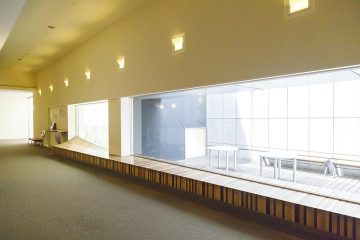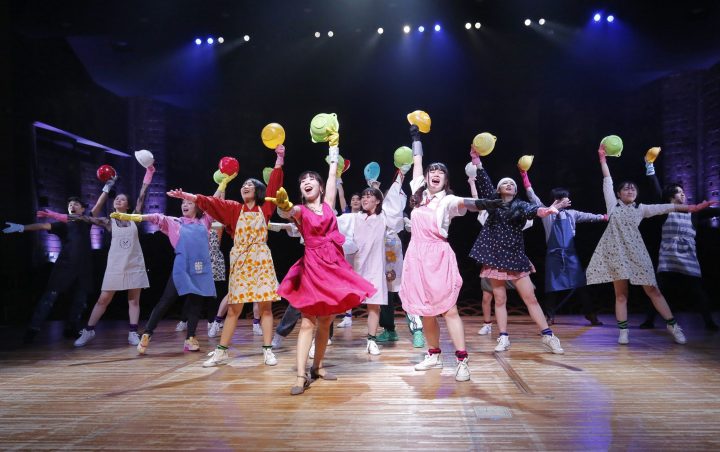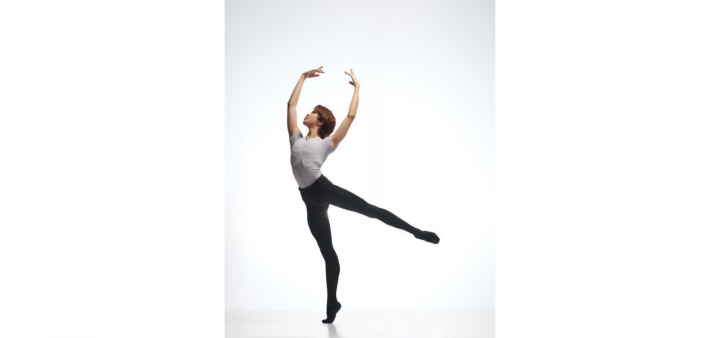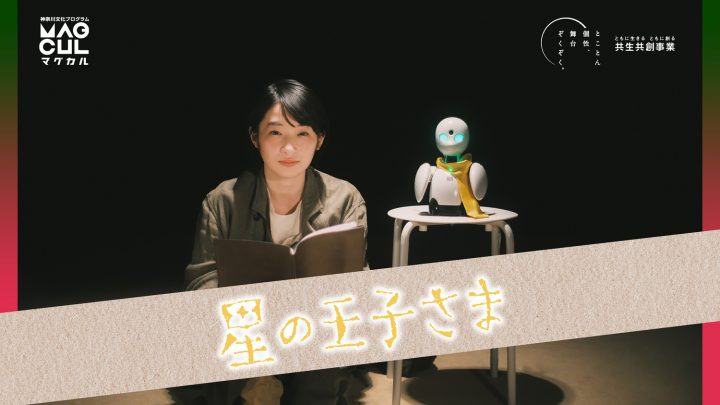What is Sugita Theater, an artistic space filled with natural light?
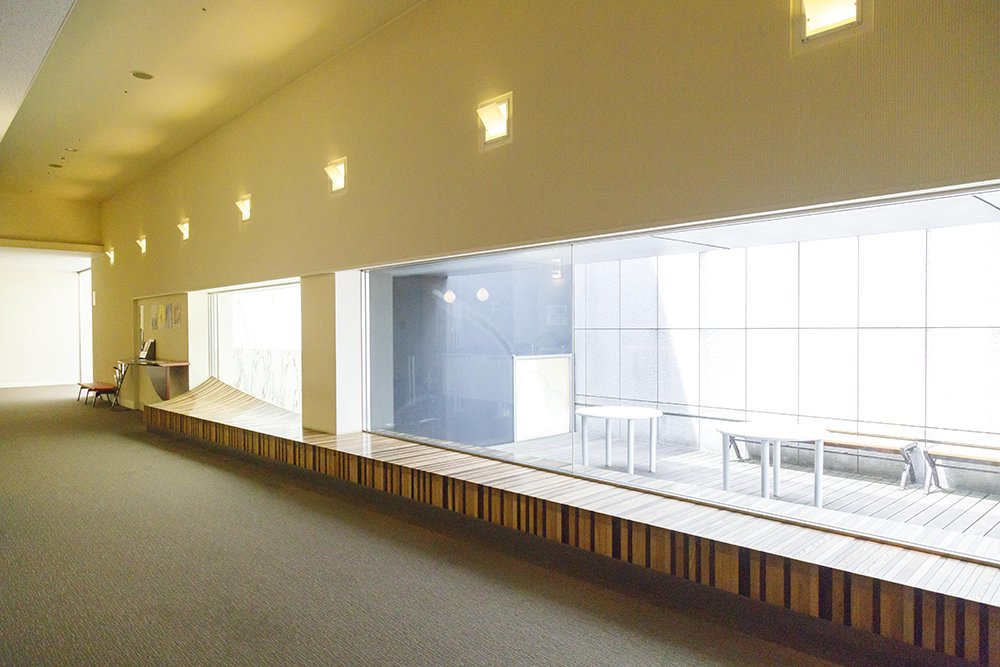
Enter an artistic space!
YOKOHAMA ART SPOT FILE
A place where all residents can continue to love, gather, and nurture
Isogo Community Cultural Center Sugita Theater
This time, I visited the Isogo Community Cultural Center Sugita Theater, a cultural facility located on the 4th and 5th floors of Ravista Shinsugita, a 3-minute walk from JR Negishi Line's Shinsugita Station. Did you know that the "Sugita Theater" at the end of the name of this cultural center is filled with the "feelings" of the local people? (Actually, I found out when I visited the center for an interview!)
The former Sugita Theater, where Misora Hibari is said to have made her debut when she was 8 years old and named "Misora Kazue," is located under the JR line and Route 16 heading toward Tomioka. It opened on January 1, 1946 (Showa 21) and closed on October 3, 1950 (Showa 25). When the "Isogo Community Culture Center" opened as a public facility in Yokohama, the city asked residents to suggest a nickname for the theater. Many local people who missed the theater chose "Sugita Theater," and the name was officially decided to be "Isogo Community Culture Center Sugita Theater." People who knew the theater at the time have donated memorabilia, and posters donated in 2004 by the nephew of the president of the former Sugita Theater are displayed inside the building.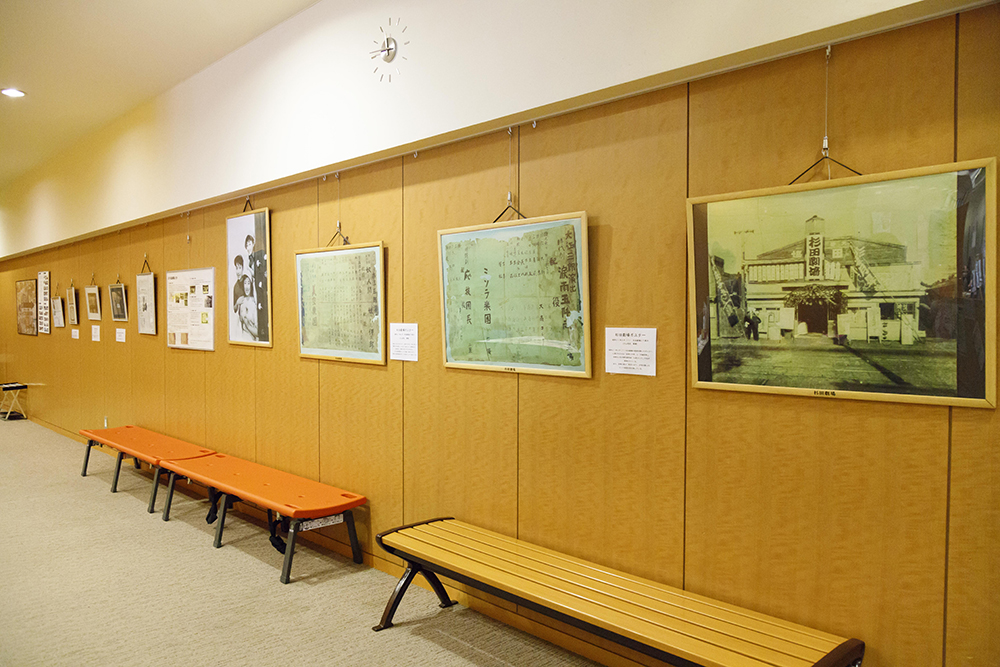
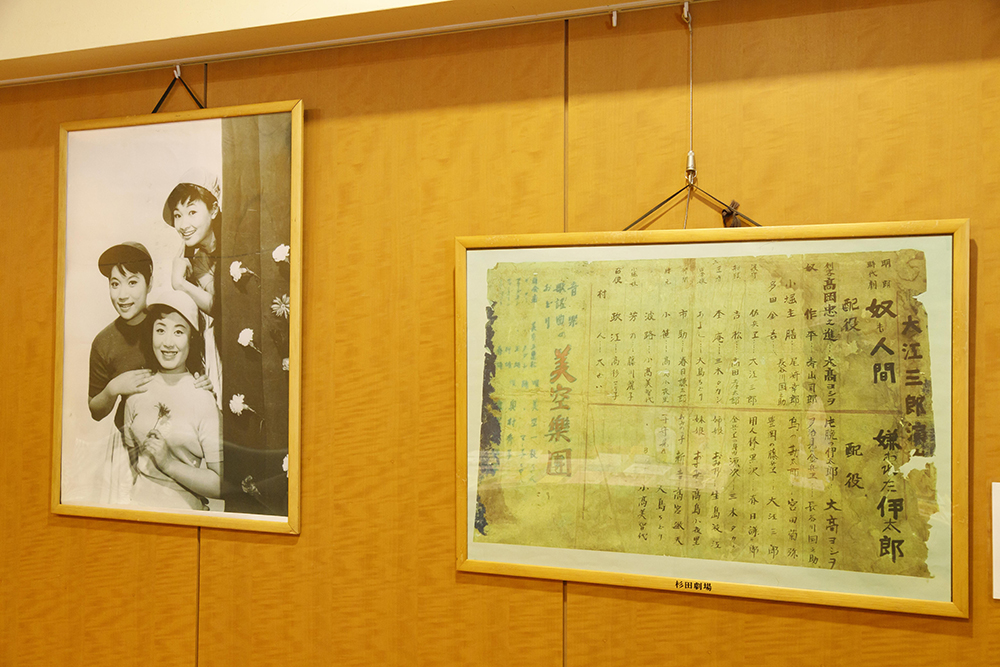
The poster on the wall has the words "Misora Orchestra" written on it! It's a very valuable piece of Japanese music history.
Once you pass through the entrance, you'll find a spacious lobby decorated in various ways by the local people who gather here: posters on the walls, handmade pamphlets and newspapers, and even seasonal custom-made items.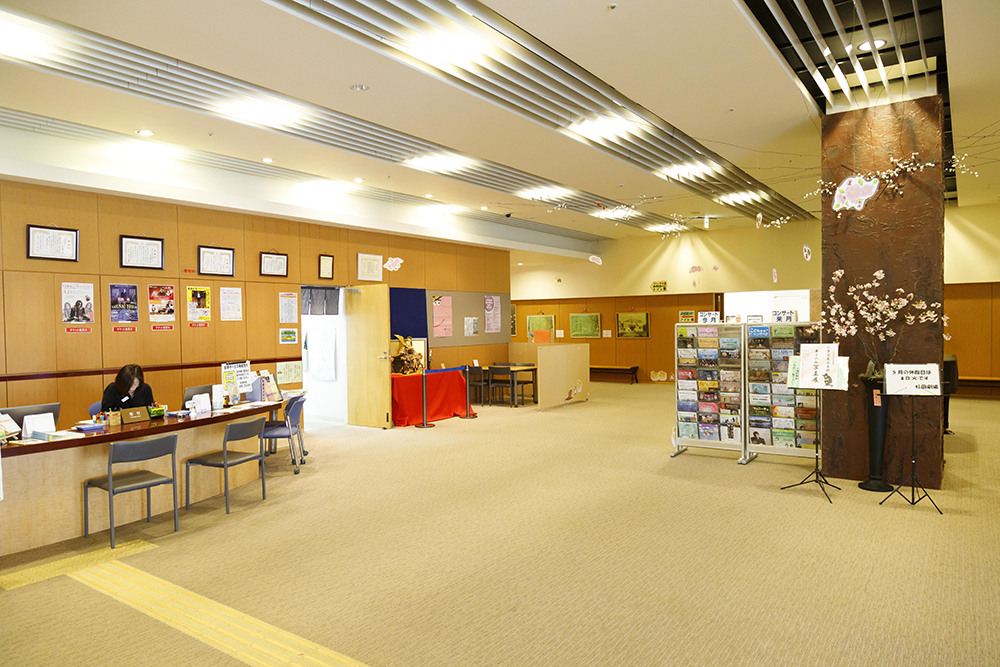

As it was mid-April when we visited, helmet ornaments were on display.
Beyond the lobby is a white-walled gallery where artworks stand out (a photography exhibition was taking place at the time of our visit). The gallery is well-equipped with lighting, making it a suitable space for displaying a variety of artworks, including not only photographs but also paintings, calligraphy, crafts, and more.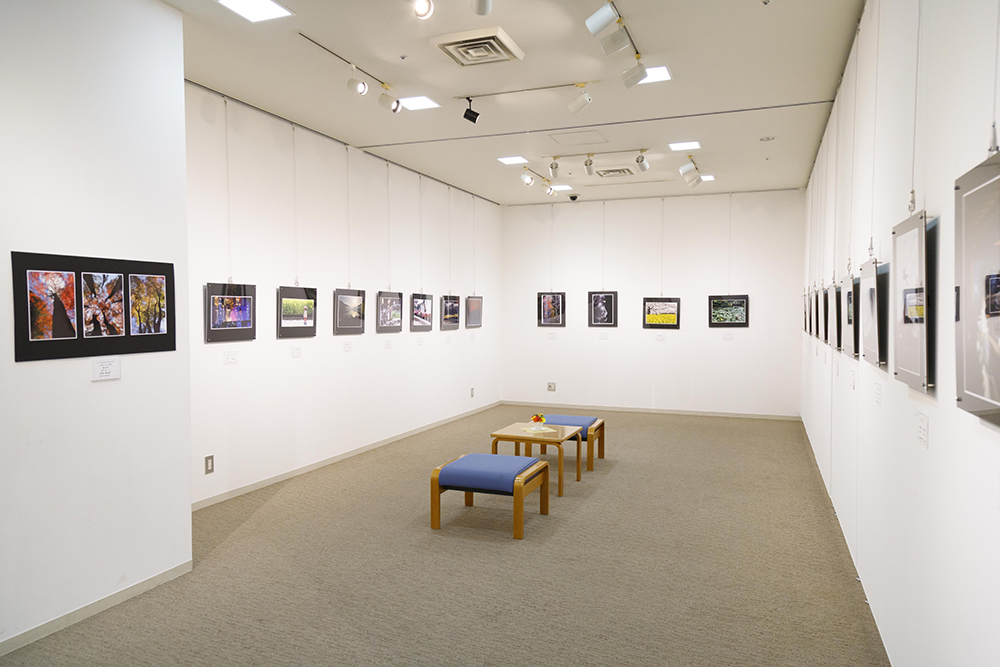
On either side of this gallery are rehearsal and practice rooms. As I was waiting in front of the rehearsal room after the dance lesson, local people came in, sweaty and looking refreshed... I took some photos of the hot and steamy atmosphere inside the rehearsal room after the lesson had finished.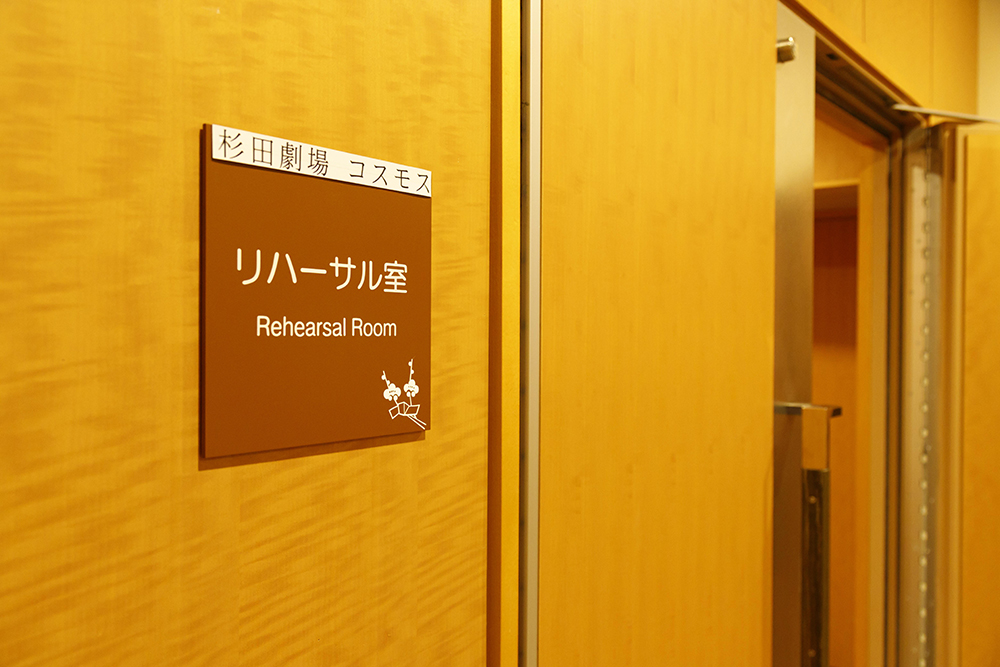
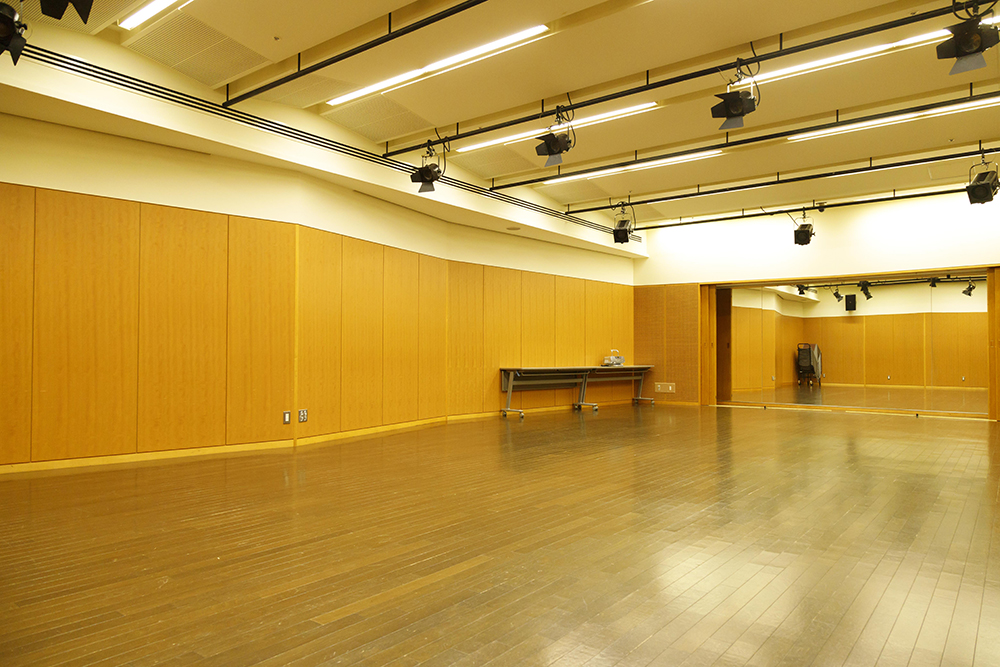
The wooden rehearsal rooms are quite spacious and look easy to move around in! They can be used for rehearsals and practice, of course, but with their size they can also be used for small-scale recitals and performances. Both practice rooms were in use this time and we were unable to sneak in, but it seems that singing lessons for recitals and the like were being held there.
Following the guidance of the staff, we headed to the main hall. On the way, we found this Kirin vending machine with a character we'd never seen before! We learned that this girl with bear-like and bunny-like ears was born in March 2015 as "Umeny", the "plum fairy who loves Sugita", and a local character named after the plum tree of Isogo Ward. Indeed, her ears are shaped like plum buds.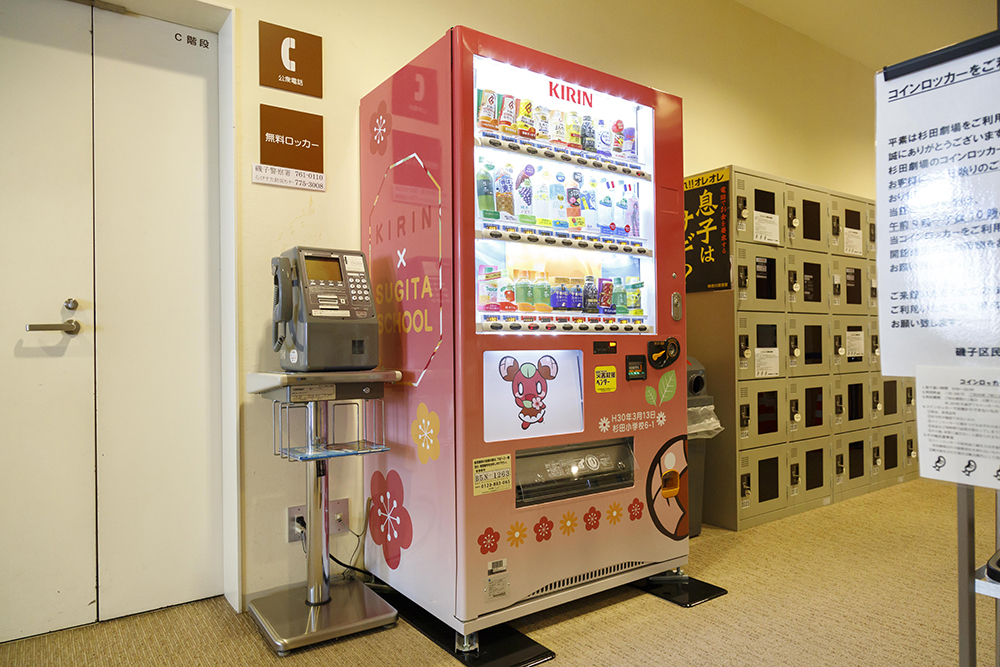
The hall is on the second floor, up the stairs. Before that, I have to introduce you to this wonderful staircase (the escalator is on the right). It seems to be a popular spot for visitors, but this staircase is actually an open atrium...
At the top of the stairs, a space resembling modern art unfolded before me. I was lucky that the day I visited was a clear day, so I suddenly asked the photographer, "Please take a picture of me here!!" It was a truly beautiful moment. I'm sure you can enjoy the various patterns of light and shadow as time passes. I'm lucky I was able to visit on this day and at this time!!
Beyond that is the foyer in front of the hall. Outside there is terrace seating. Natural light pours in gently here, creating a very pleasant space.
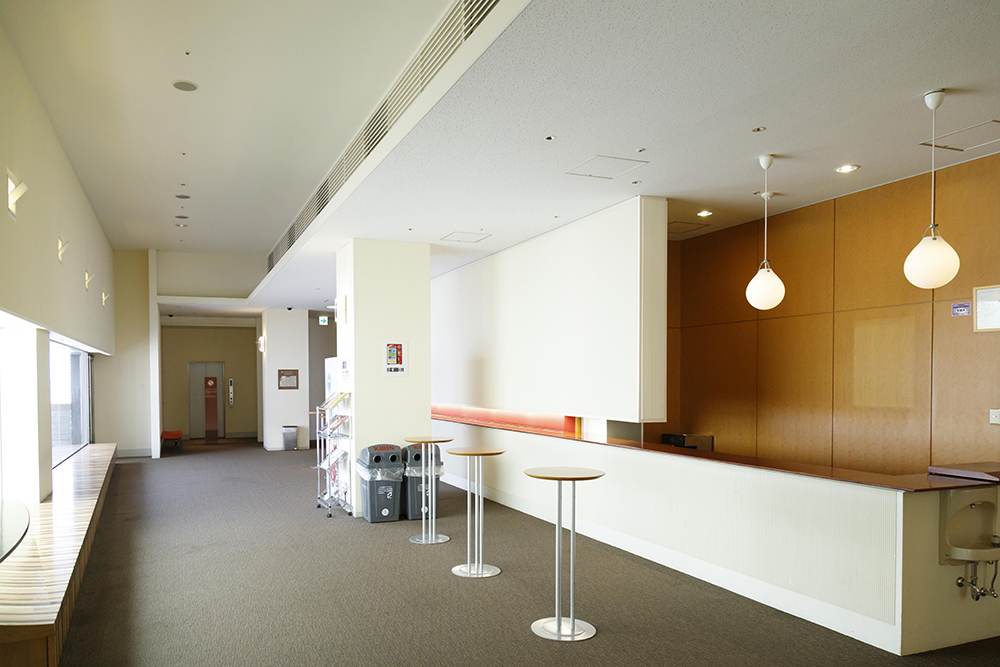
On performance days, you can also order drinks here during intermission.
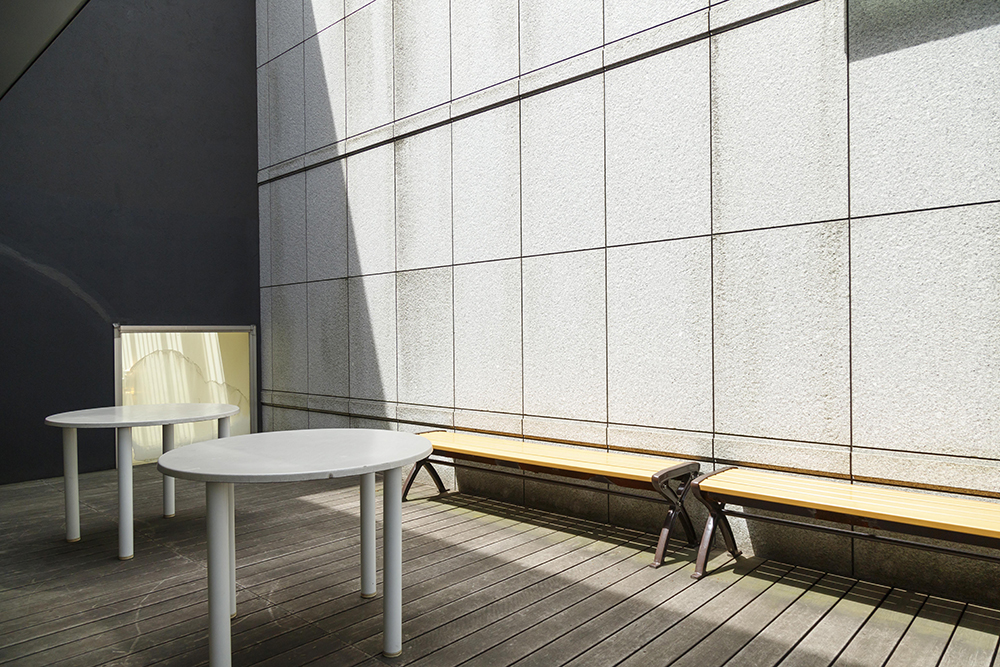
You can soak up the afterglow of the concert while sunbathing on the terrace.
This is the "Parent-Child Room" (4 seats) at the front of the hall. It is separated by glass, so even if your children are fussy, you can enjoy the concert in peace.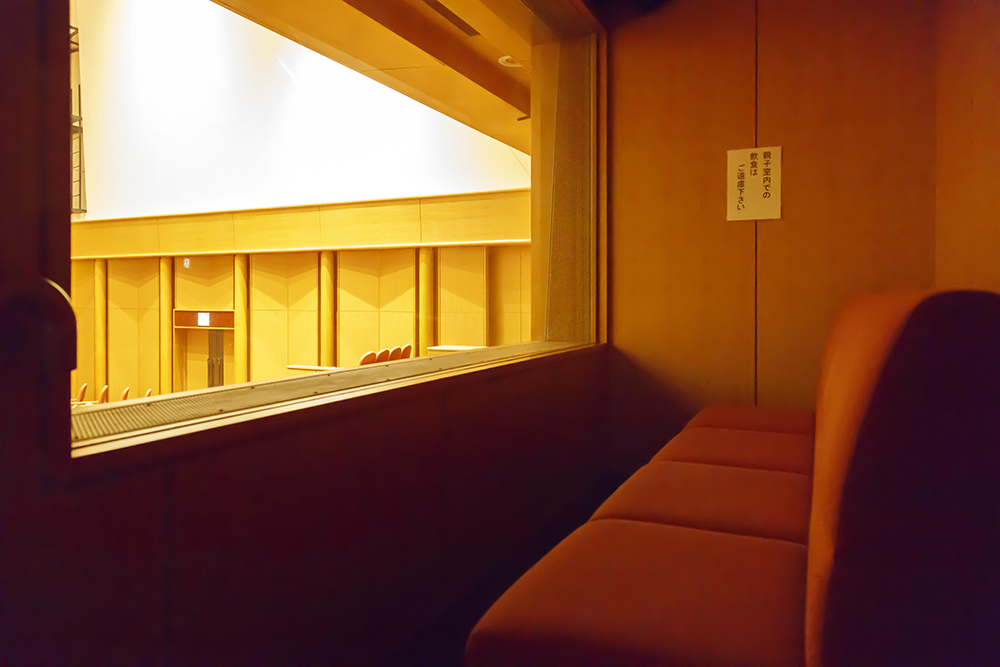
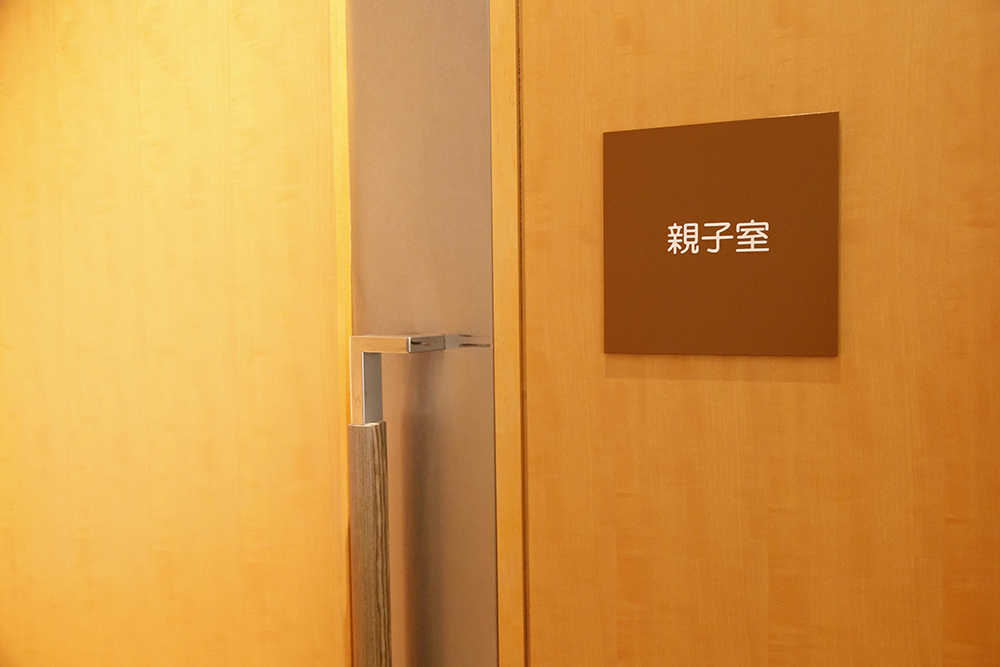
Finally, we head to the 310-seat multipurpose hall, which can be used as a venue for appreciating and presenting cultural and artistic activities of any genre, including music, theater, and dance.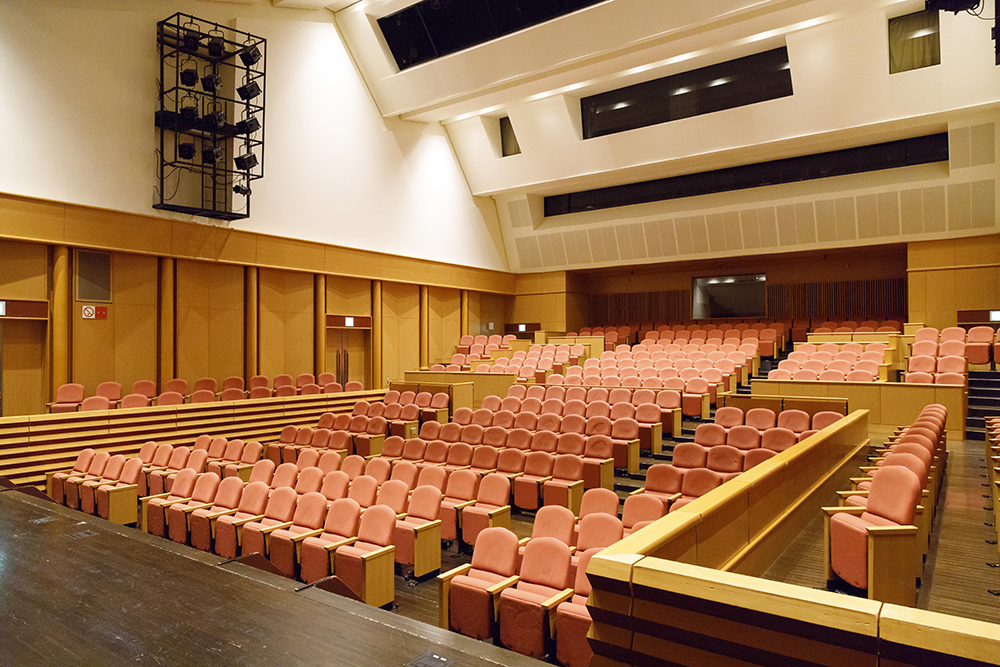
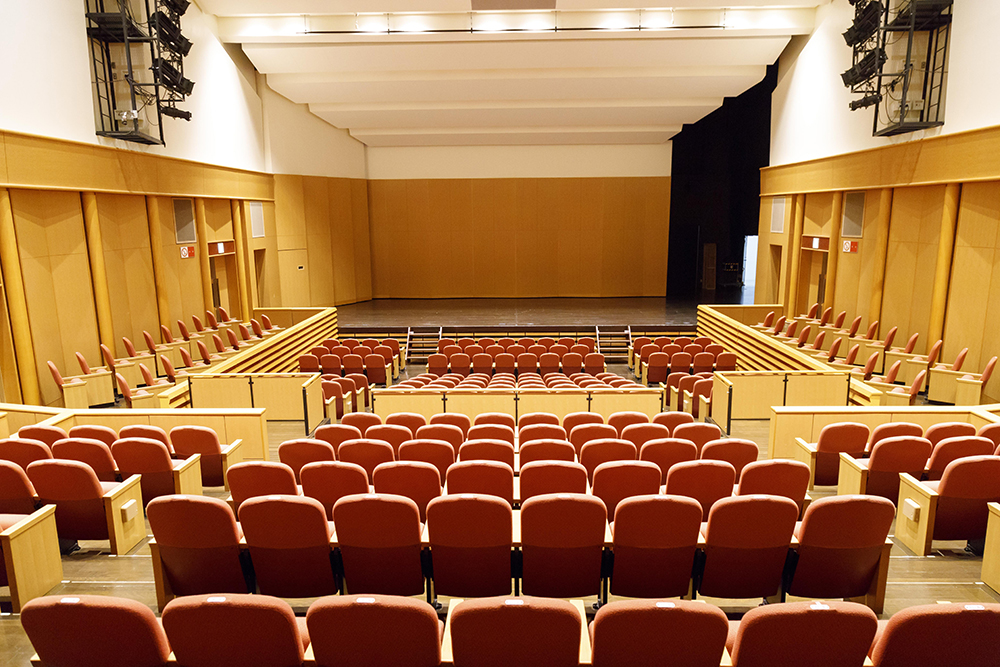
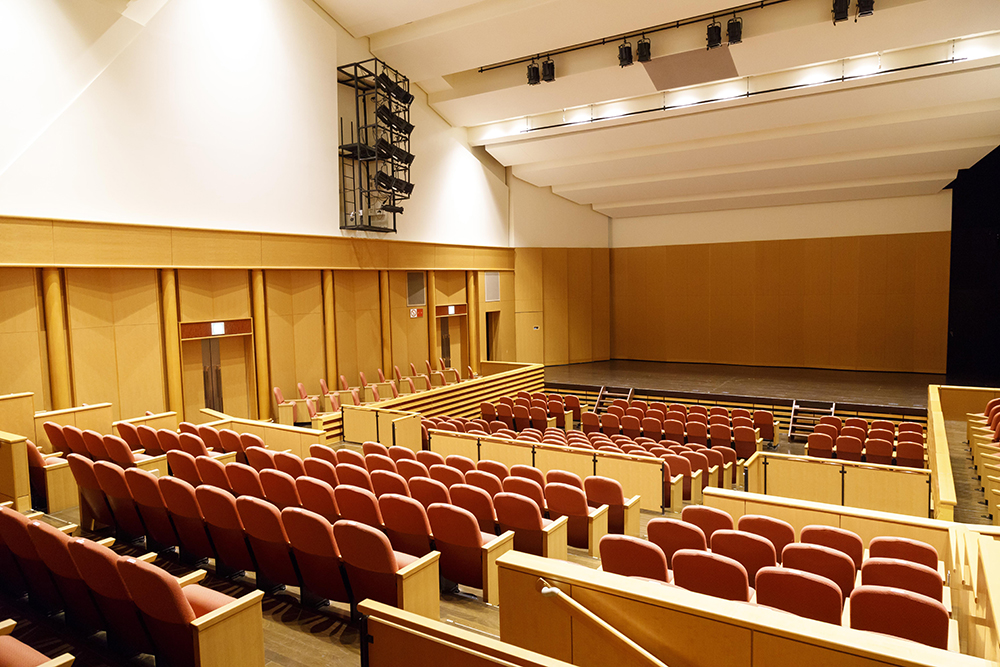
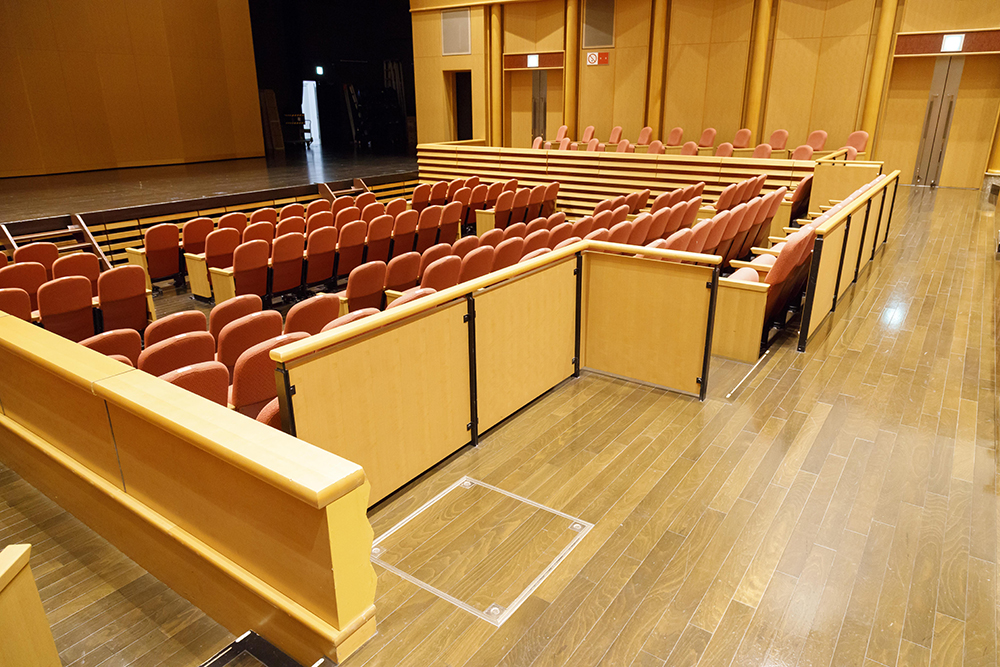
Wheelchair accessible seats (4 seats) are also available.
We also asked about the "best seats" in the hall that only the staff know about! Here they are!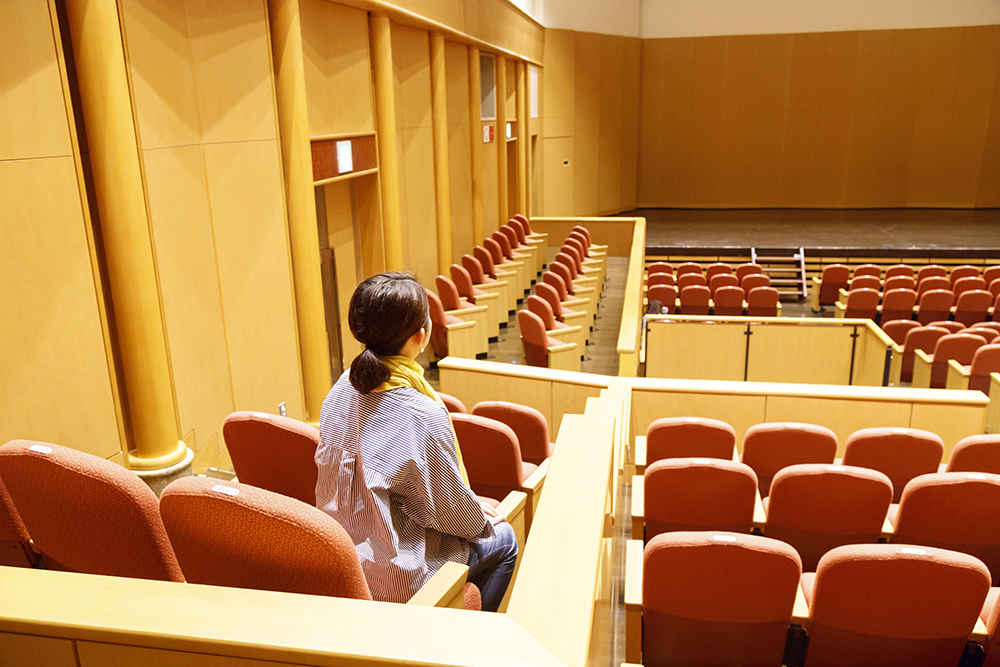
Because the seats are higher than the other seats, there is nothing blocking the view in front of you, so you can see the stage very well. If the performance is unreserved, you can wait until the doors open to reserve this seat!
Our reporting team also had the opportunity to visit the stage. This is the view of the audience from the stage. Apparently, they can also set up a hanamichi (walkway), which is essential for Kabuki and Japanese dance.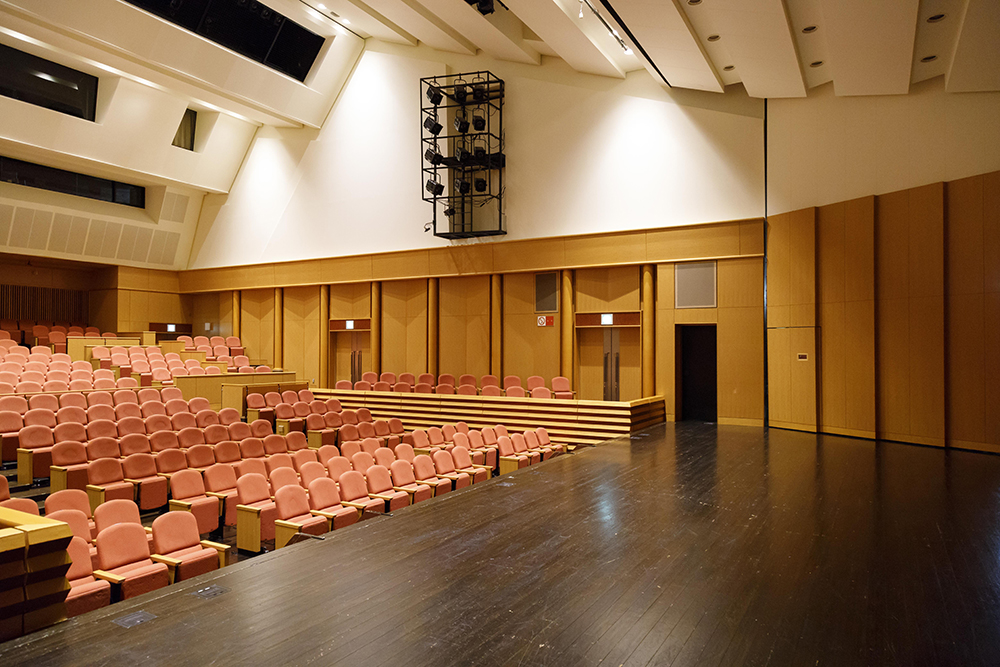
And the audience can be "seen" from backstage! (laughs) Using this peephole, they can see if the audience is enjoying themselves and what's going on in the audience.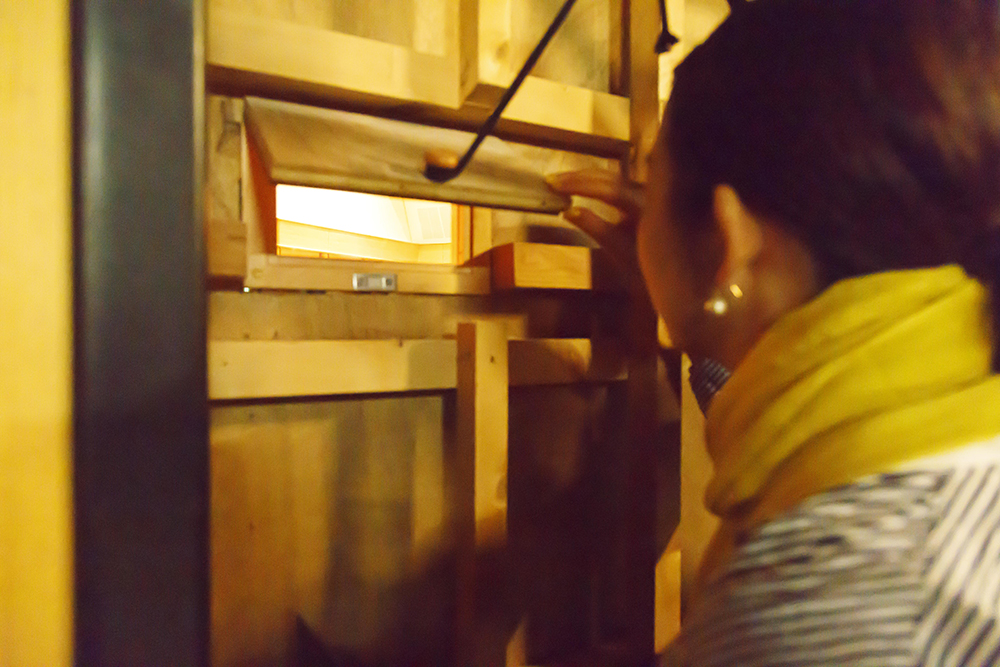
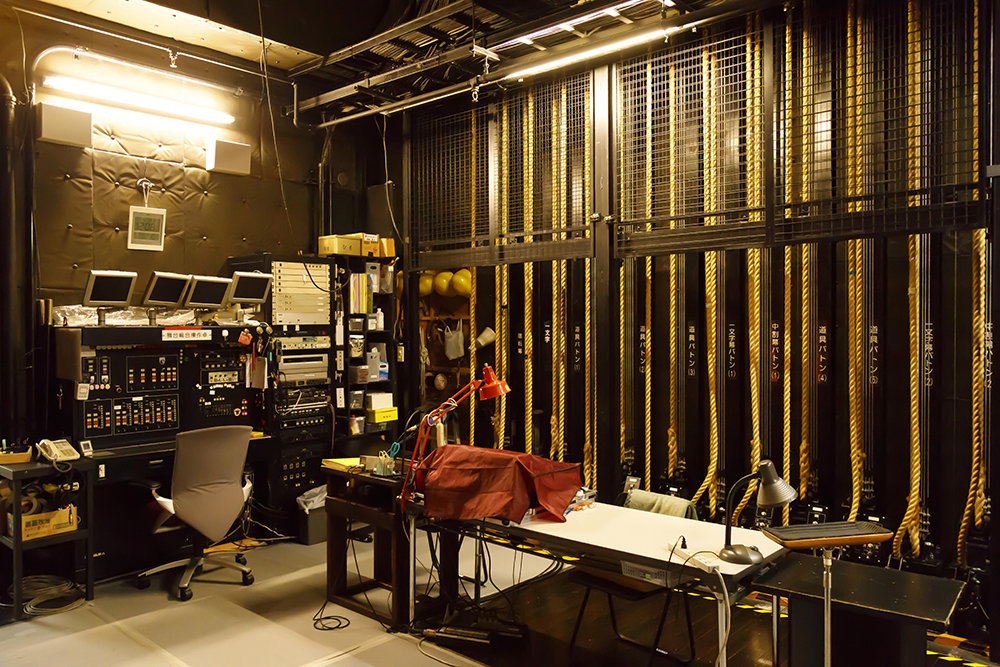

We even snapped a photo of the stage control desk! Since we're not usually allowed in, it was exciting to get a look at the backstage area.
Finally, we had a chance to see the dressing room at the back of the stage. On performance days, many performers gather here, and the atmosphere is sure to be filled with tension and excitement.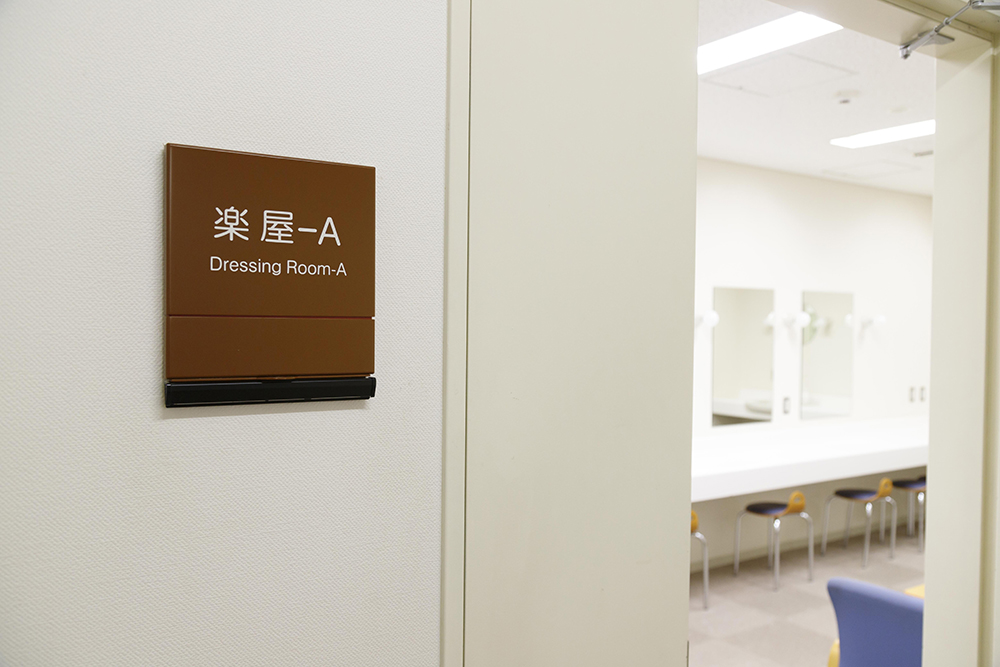
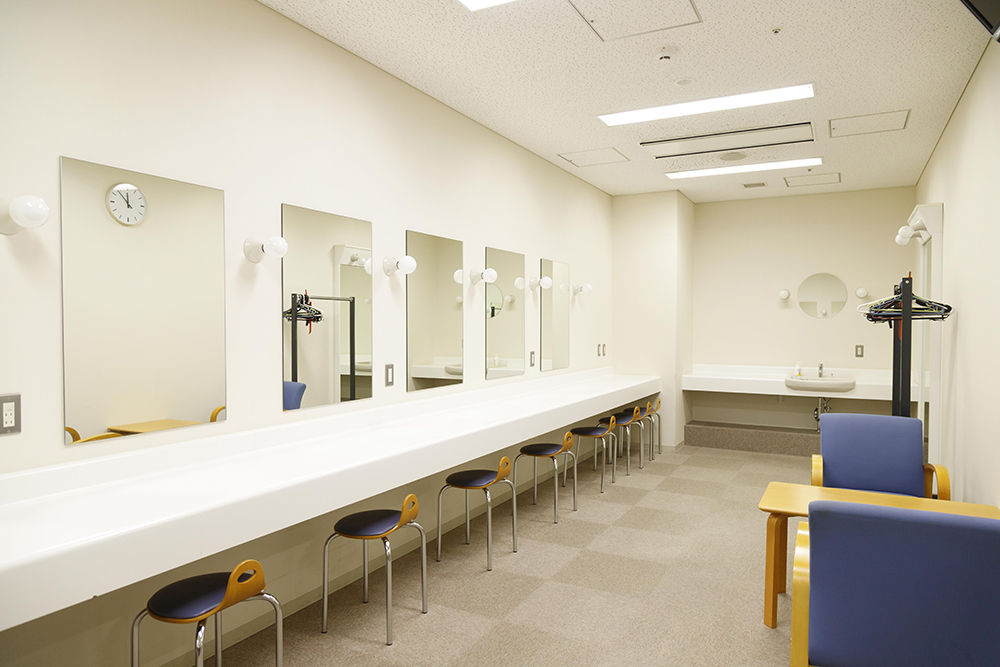
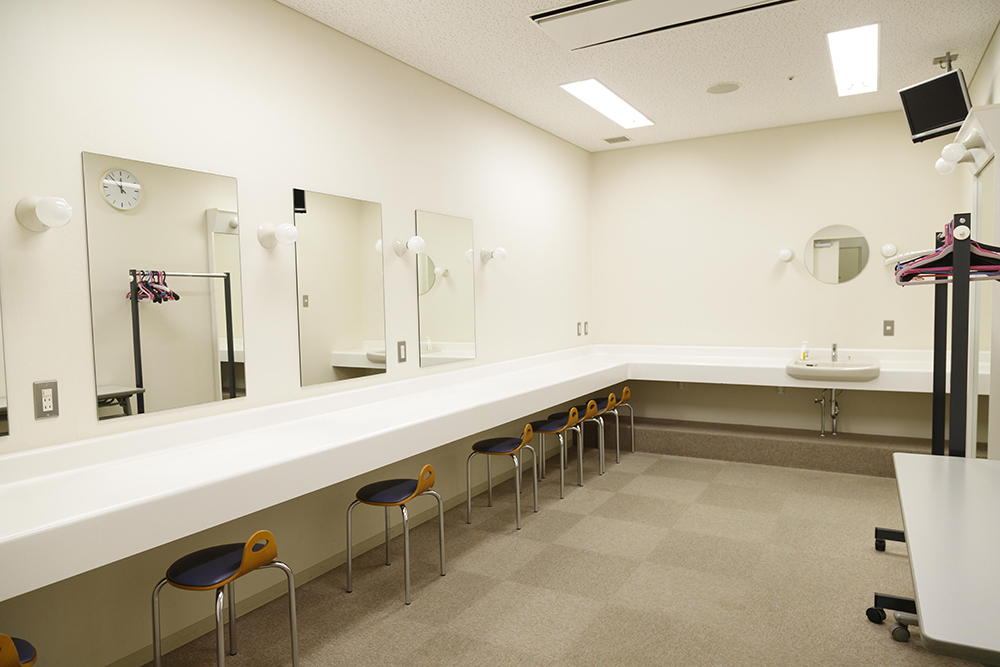
The Isogo Community Cultural Center Sugita Theater is popular for its concerts, plays, exhibitions, dance lessons, and even a summer festival that takes place throughout the entire facility every summer.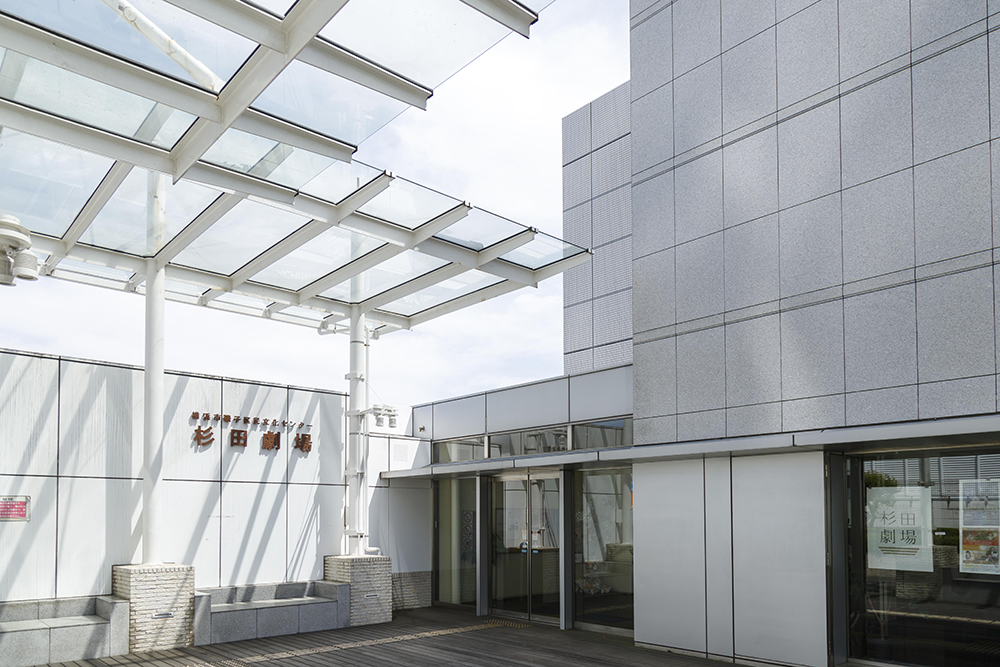
As the center aims to be a "Citizens' Cultural Center" that contributes to the creation of a town where people want to continue living, on the day we visited it was bustling with many users, including people visiting the exhibition, people working up a sweat in the rehearsal rooms, and people enjoying music in the practice rooms. There are also various events held throughout the seasons that people can easily participate in, so why not let the warm sunshine lure you and take a stroll down the street? This is a place where art, culture, and people can feel much closer to you.
